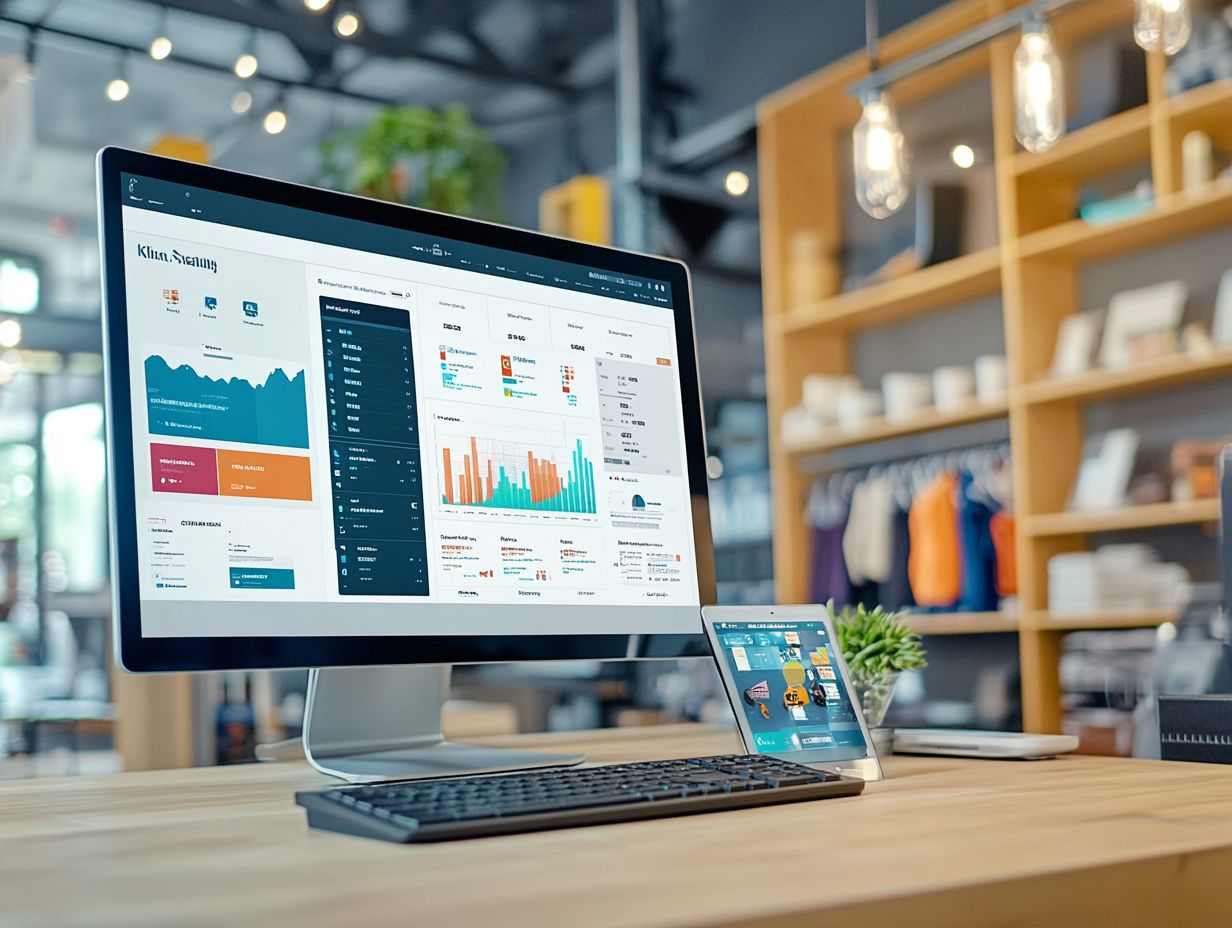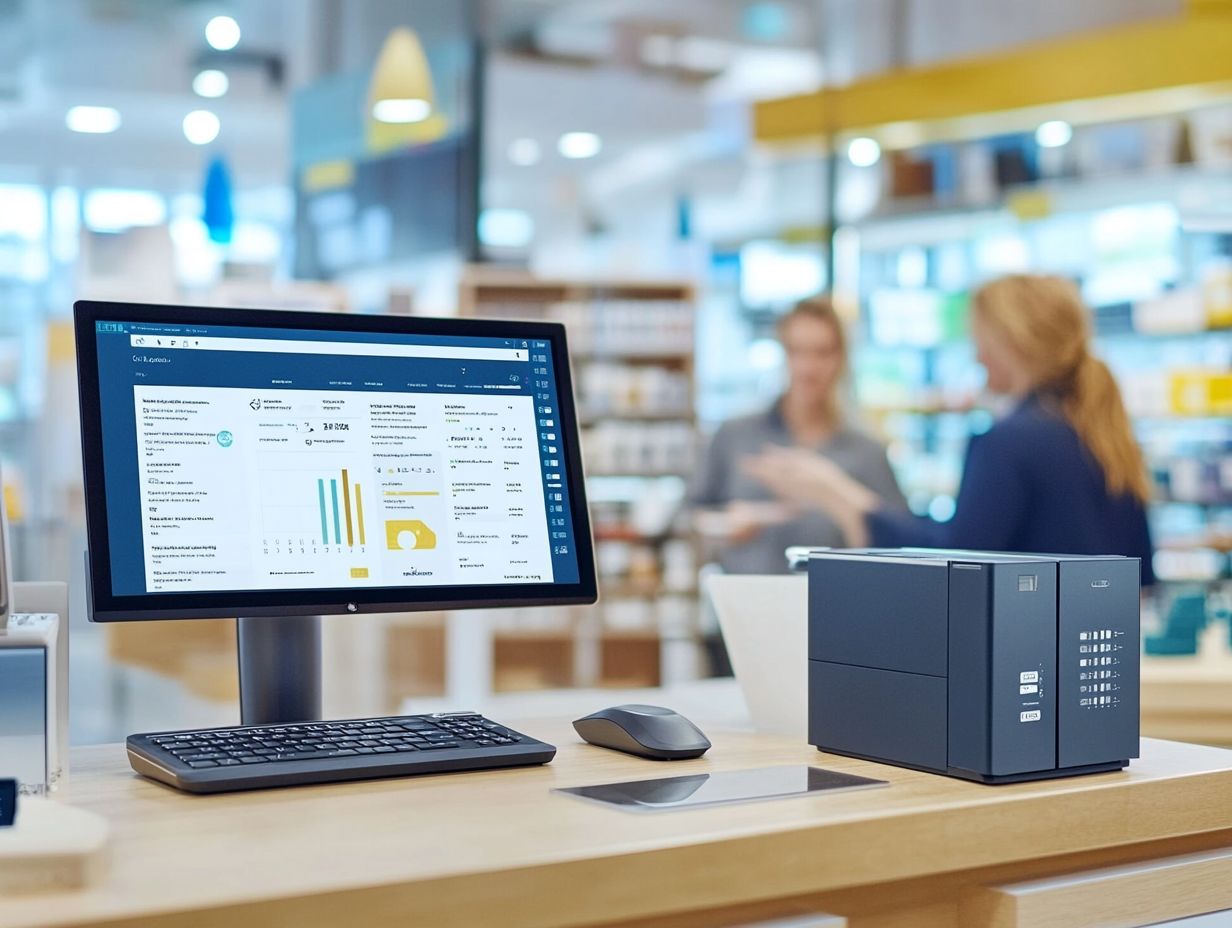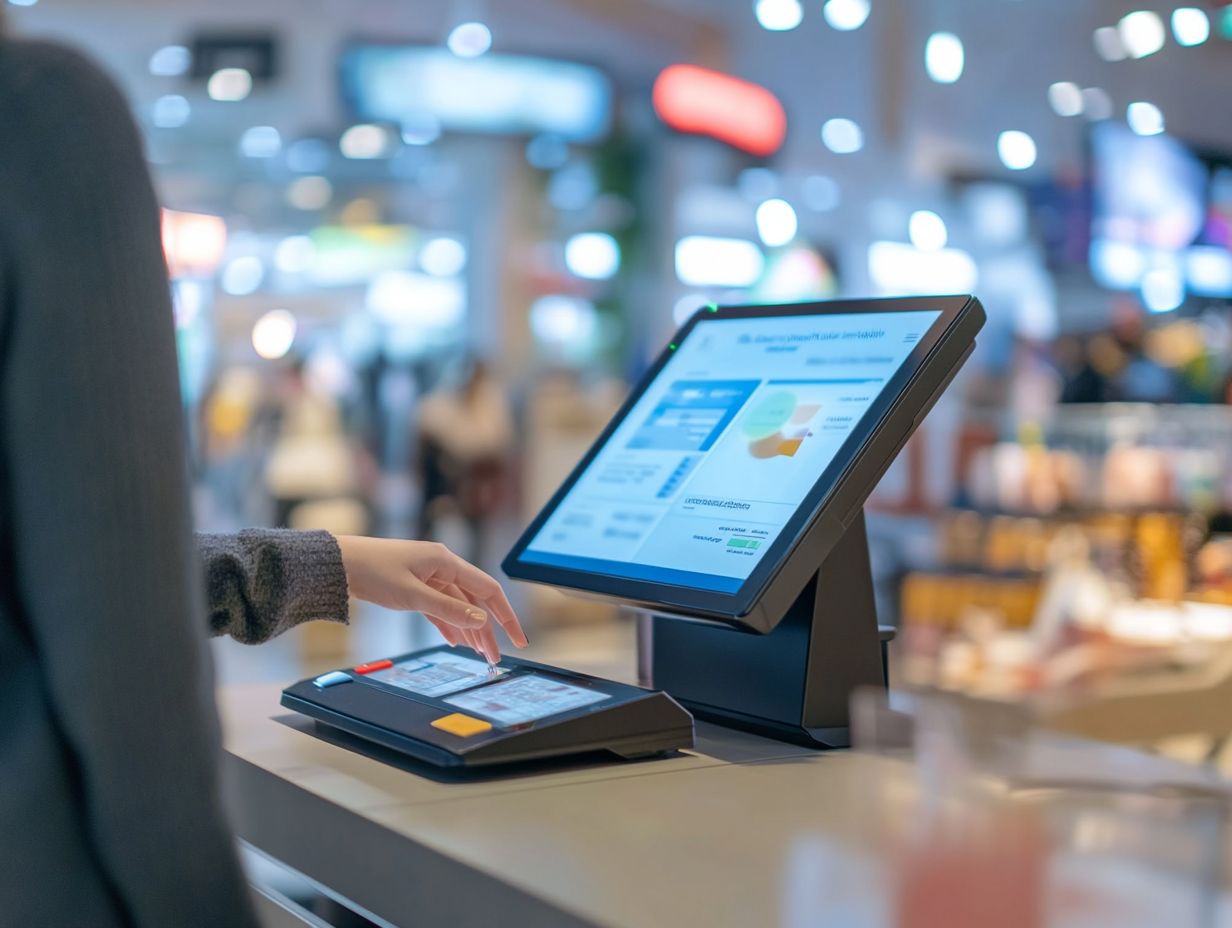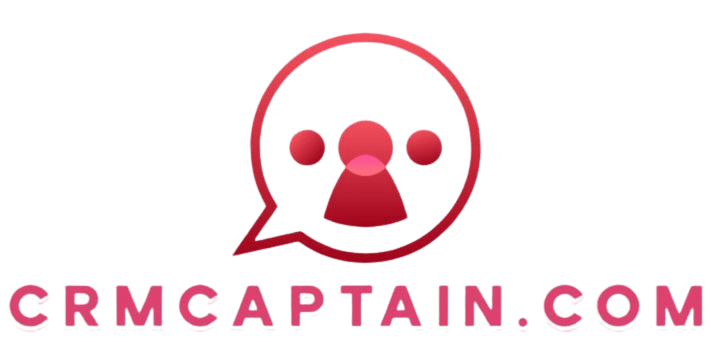15. Integrating CRM with Point of Sale Systems
In today s fast-paced business landscape, understanding the synergy between Customer Relationship Management (CRM) and Point of Sale (POS) systems is essential for your success.
These technologies streamline operations and enhance customer relationships. This article delves into the definitions and functions of both systems, highlights the benefits of their integration, addresses common challenges, and provides a step-by-step guide for seamless implementation.
Maximize these integrated systems for invaluable insights and drive efficiency in your operations. Jump in and unlock the secrets to elevating your business today!
Contents
- Key Takeaways:
- Understanding CRM and Point of Sale Systems
- Benefits of Integrating CRM with Point of Sale Systems
- Challenges of Integration
- Steps for Integrating CRM with Point of Sale Systems
- Maximizing the Potential of Integrated Systems
- Frequently Asked Questions
- What is the purpose of integrating CRM with Point of Sale Systems?
- How does integrating CRM with Point of Sale Systems benefit businesses?
- What are some key features of integrating CRM with Point of Sale Systems?
- Can any type of CRM system be integrated with Point of Sale Systems?
- Is it necessary to have both CRM and Point of Sale Systems for integration?
- What are the potential challenges of integrating CRM with Point of Sale Systems?
Key Takeaways:
- Integrating CRM with Point of Sale Systems can improve efficiency and provide valuable customer insights.
- Common challenges in integration include technical requirements and implementation, but they can be overcome with proper planning and execution.
- To maximize the potential of integrated systems, businesses should utilize best practices for leveraging CRM and POS data.

Understanding CRM and Point of Sale Systems
Customer Relationship Management (CRM) and Point of Sale (POS) systems are essential components of today s small business landscape. They enable you to streamline operations, elevate customer engagement, and manage financial data with precision.
A CRM system is an advanced tool designed to oversee interactions with customers at every stage of their journey, ensuring a seamless experience. Meanwhile, a POS system serves as the vital interface for processing transactions, managing sales, and keeping track of inventory, ultimately guiding customers through their entire buying experience.
Definitions and Functions
CRM is an advanced tool that helps you manage relationships and interactions with both current and potential customers. A POS system is the crucial point where customers complete payments for goods or services.
These systems are not just standalone tools; they work in harmony to streamline operations and enhance efficiency across various business functions. With CRM functionalities, you gain insights into employee performance and customer interactions, allowing for effective resource allocation and identification of training opportunities.
A robust POS system does much more than process transactions; it integrates seamlessly with marketing automation tools, enabling you to analyze purchasing behaviors and tailor promotions to meet customer needs.
When you leverage these technologies together, you foster customer loyalty by delivering exceptional service and personalized experiences, ultimately nurturing stronger, long-term relationships.
Benefits of Integrating CRM with Point of Sale Systems
Integrating CRM with POS systems presents a wealth of advantages that can elevate your small business operations. By streamlining workflows, you enhance customer insights and significantly improve overall efficiency.
This integration gives you real-time access to data, enabling a deeper understanding of customer behavior and preferences. With this knowledge, you can optimize marketing strategies and ultimately drive sales growth through personalized offers and targeted services.
Efficiency and Customer Insights

Integrating CRM with POS systems dramatically enhances customer insights, allowing you to analyze data in real time and adapt to customer needs more effectively.
By leveraging real-time data, you can drive automated workflows that streamline operations and eliminate bottlenecks, boosting productivity. This data-rich strategy enhances sales tracking by providing instant updates on inventory levels, customer preferences, and sales trends, and plays a crucial role in product management.
With actionable insights readily available, you can make informed decisions about your product offerings and fine-tune marketing strategies, ensuring you stay ahead in a competitive landscape.
Ultimately, the power of real-time data enables you to respond swiftly to shifting market dynamics, fostering both growth and innovation.
Challenges of Integration
Integrating CRM with POS systems offers great benefits, but you may face some unique challenges. Overcoming these hurdles is essential for a successful implementation.
These challenges might include:
- Compatibility issues between various software applications,
- Insufficient communication channels,
- Resistance to change from your staff.
These factors can obstruct the seamless adoption of integrated systems.
Common Obstacles and How to Overcome Them
You may encounter common obstacles during integration, such as software compatibility issues, lack of staff training, and insufficient resources for implementation.
To tackle these challenges head-on, begin with meticulous planning. Ensure that all stakeholders are aligned on the project timeline and deliverables to alleviate confusion.
Selecting the right POS provider is crucial. Some providers offer integrations designed to work seamlessly with popular CRM systems, minimizing compatibility issues.
Investing in comprehensive training programs empowers your staff, boosting their confidence and proficiency with the new systems. This approach leads to a smoother transition and enhanced overall performance.
Steps for Integrating CRM with Point of Sale Systems
Successfully integrating your CRM with POS systems requires strategic steps for a seamless transition while maximizing the benefits of both systems.
Start by identifying your technical requirements and selecting the right software tools to facilitate integration.
Next, engage in meticulous planning of the implementation process, ensuring it aligns with your business needs.
Technical Requirements and Implementation Process

The technical requirements for integrating your CRM with POS systems can vary greatly depending on the specific software you re using. A fundamental necessity is ensuring that both systems can access and share data seamlessly.
This begins with evaluating API compatibility, which is a set of rules that allows different software systems to communicate. Prioritizing security protocols is essential to safeguard sensitive customer information during data exchanges.
Effective database management practices are vital for maintaining data integrity and facilitating real-time updates, allowing for accurate inventory tracking and improved customer interactions.
When done right, this integration streamlines operations and elevates the customer experience by providing relevant insights and tailored services.
Maximizing the Potential of Integrated Systems
To truly unlock the potential of integrated CRM and POS systems, embrace best practices that harmonize both CRM and POS data. This approach helps you build automated workflows that elevate your operations.
Implementing these strategies enhances customer engagement, refines your sales forecasting, and streamlines your inventory management, driving your business toward greater efficiency and success.
Best Practices for Utilizing CRM and POS Data
Use best practices for CRM and POS data by regularly reviewing customer engagement metrics, leveraging sales tracking features, and optimizing the customer journey based on integrated data insights.
To elevate these practices, segment your customer data to target specific demographics. Analyzing buying behaviors and preferences enables you to tailor your marketing strategies effectively.
Personalizing your marketing efforts enhances engagement and conversion rates. Customers are more likely to respond to content that speaks directly to their individual needs.
Advanced inventory management practices allow you to maintain a seamless supply chain, ensuring popular products are consistently in stock. This ultimately leads to improved customer satisfaction.
By integrating these strategies, you can refine your operations and cultivate lasting relationships with your clientele.
Frequently Asked Questions
Here are some frequently asked questions to help you understand the integration process better.
What is the purpose of integrating CRM with Point of Sale Systems?

Integrating CRM (Customer Relationship Management) with Point of Sale Systems streamlines customer data. This makes it easier to enhance customer experience and improve sales strategies.
How does integrating CRM with Point of Sale Systems benefit businesses?
This integration gives businesses a complete view of their customers. It allows tracking of purchase history, personalizing marketing campaigns, and improving customer service.
What are some key features of integrating CRM with Point of Sale Systems?
Key features include syncing customer data and automatic updates of sales information. Businesses also gain real-time insights, opportunities for cross-selling and upselling, and better inventory management.
Can any type of CRM system be integrated with Point of Sale Systems?
Most CRM systems can work with Point of Sale Systems. Compatibility may vary, so consulting a CRM expert is wise to understand the process of integrating CRMs with ERP systems to find the best integration for your needs.
Is it necessary to have both CRM and Point of Sale Systems for integration?
Yes, both systems are needed for integration. However, some CRM systems come with built-in Point of Sale features, which can simplify the process, especially when integrating your CRM with payment processing.
What are the potential challenges of integrating CRM with Point of Sale Systems?
Challenges may include data mapping and system incompatibility. Training employees on the new system can also be a hurdle, but these issues can be overcome with careful planning.






